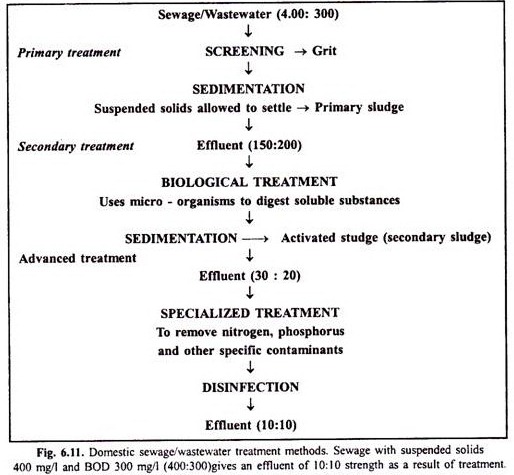Identification of growth limiting nutrient is essential since bioprocess design criteria in pure culture system is primarily centred around it.
In gluconic acid fermentation in order to know the limiting nutrient between glucose and ammonium acetate two sets of fermentations were conducted to observe the effect of different concentrations of glucose and ammonium acetate on the growth of this organism and its gluconic acid production.
In the first set the fermentation medium contained all other nutrients and varying concentrations of ammonium acetate. Similarly in the second set the effect of varying concentrations of glucose was noticed, other conditions of fermentation remaining same as described before.
Results are provided in Fig. 3.2 and 3.3. It can be seen from these figures that when other nutrients were at the desired level the optimum concentration of ammonium acetate giving optimum cell growth and gluconic acid yield was 1.0 mg ml-1.
Increasing concentration of it showed neither the decrease nor the increase of cell growth and gluconic acid yield. In the case of glucose it was observed that other nutrients remaining at the desired level optimum cell growth and gluconic acid yield was achieved at a glucose concentration of 51.0 mg ml-1. However, unlike the case of ammonia acetate above 51.0 mg ml-1 of glucose concentration in the medium showed detrimental effect on both cell growth and gluconic acid yield.
To see whether end product gluconic acid has any effect on the cell growth and glucose utilization by Ps. ovalis B1486 fermentation & were conducted adding various concentrations (1- 50 mg ml-1) of sodium gluconate (BDH, Anal R) in the medium. However, no inhibition effect on cell growth as well as gluconic acid yield was observed by such additions.
It is consistent with the literature information that the development of acidity due to the formation of gluconic acid was not directly related to the enzyme action in glucose oxidation. It then needs interpretation of the inhibition of gluconic acid formation by glucose concentration above 51.0 mg ml-1.
Inhibition Aspects and Interpretation:
It is an established fact that if cells are immersed in sugar solution with higher osmotic pressure than that of the cell content water will be drawn out of the cells causing them to shrink in size since the surrounding liquid is hypertonic with respect to the cell (a phenomenon known as plasmolysis). Such hypertonic solutions act as an inhibitor to the cell growth by a desiccation effect and altering cellular activity.
It is plausible therefore, that glucose solution above 51.0 mg ml-1 concentration acts as hypertonic solution with respect to the growth of Ps. ovalis B 1486. Due to desication its cell wall shrinked in size and activity was reduced due to lower nutrient uptake of the cells. This in turn inhibited the growth of this organism and oxidation of glucose to gluconolactone. The overall manifestation being inhibition in gluconic acid yield.
